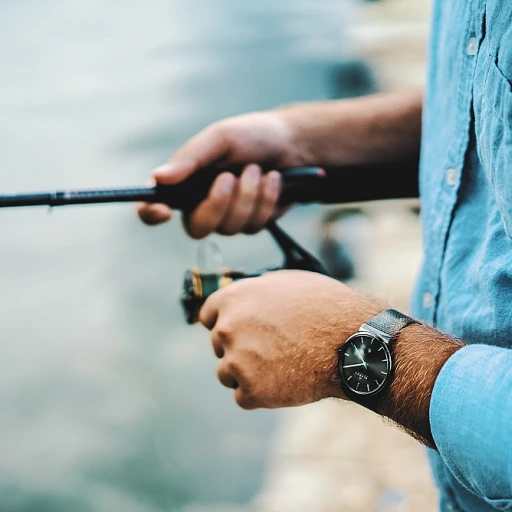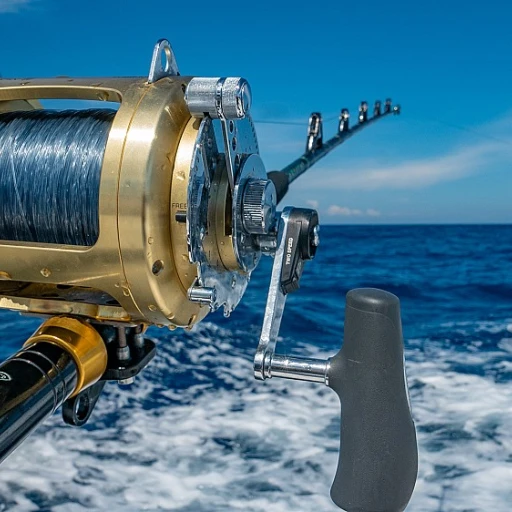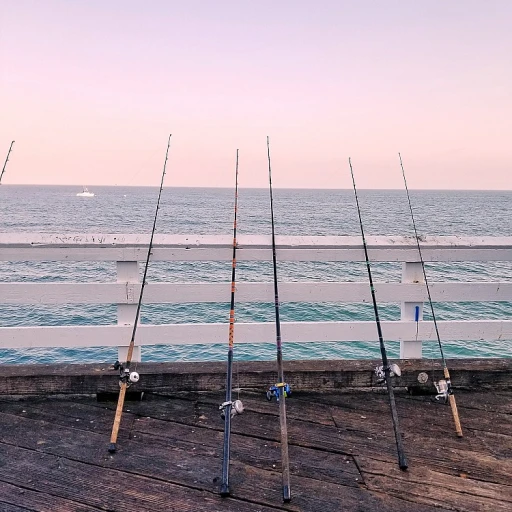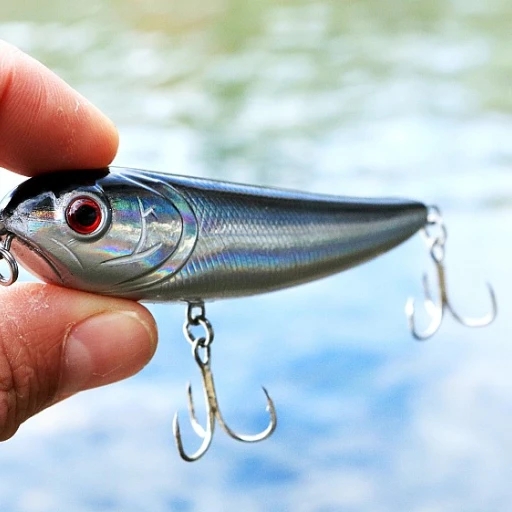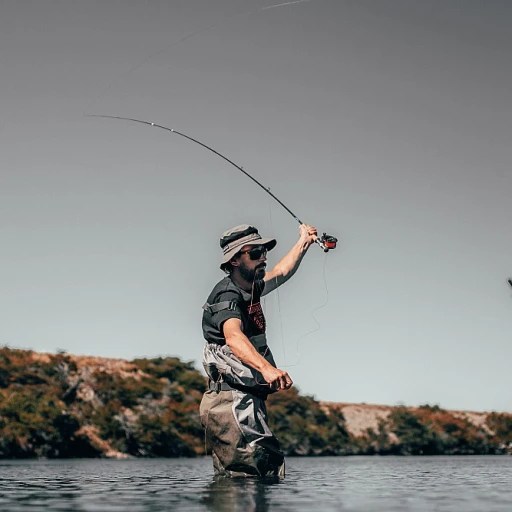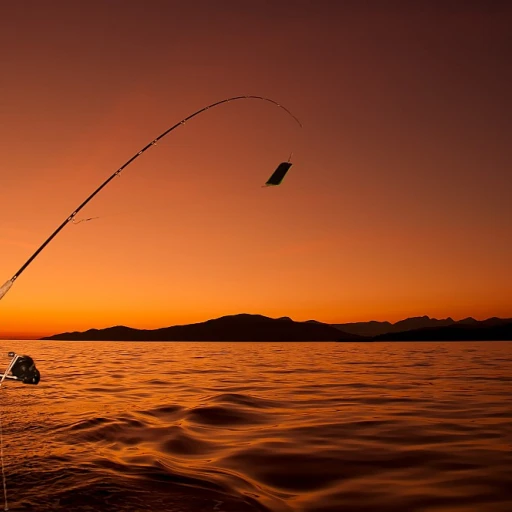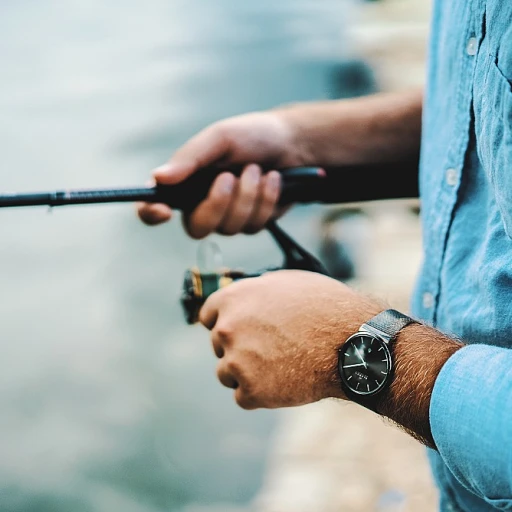
Understanding Closed Soft Shackles
Exploring the Use of Soft Shackles
When it comes to recreational fishing, understanding the tools and gear you use can significantly impact the quality of your experience. One such tool that has gained popularity is the soft shackle. Unlike traditional metal shackles, soft shackles are designed from synthetic materials like dyneema, offering impressive breaking strength and versatility. Soft shackles consist of a rope loop with a stopper knot, often a diamond or button knot, to secure it in place. This construction allows for easy adjustments and ensures a strong hold during various applications. The absence of metal components reduces the risk of damage to your gear and minimizes weight, which is especially beneficial when carrying extensive fishing equipment. The strength of soft shackles, often labeled with terms like mbs lbs and wll, makes them suitable for various fishing rigs and situations. Their ability to distribute tension effectively can improve the stability and performance of your setup, preventing potential losses of catch. Additionally, soft shackles are often included in recovery gear kits due to their high breaking strength and reliability. Choosing the right soft shackle involves considering factors such as its intended use and required strength, which can vary. For example, a softer loop may be ideal for lighter tasks, while a more reinforced option, able to handle several lbs, would be suitable for heavier applications. If you want more in-depth details about similar equipment, such as winch hooks, visit our article on the importance of Amsteel splice bury length. The versatility and innovation of soft shackles reflect the ongoing evolution in fishing gear, offering advantages in strength and practical application without adding cumbersome weight to your cart. With proper care and understanding of their benefits, soft shackles can be a valuable addition to enhance your fishing adventures.Benefits of Using Closed Soft Shackles
Advantages of Incorporating Closed Soft Shackles
Closed soft shackles have become a popular choice among recreational fishermen due to their numerous benefits. These versatile tools offer a range of advantages that make them an essential part of any fishing gear collection.
- Lightweight and Portable: Unlike traditional metal shackles, soft shackles are made from synthetic materials like Dyneema, which significantly reduces their weight. This makes them easy to carry and handle, especially when you're out on the water.
- High Strength-to-Weight Ratio: Despite their lightweight nature, soft shackles boast impressive breaking strength. They can handle substantial loads, with some models offering a working load limit (WLL) of several thousand lbs, making them suitable for various fishing applications.
- Flexibility and Versatility: The flexibility of soft shackles allows them to be used in a variety of rigging scenarios. Whether you're securing a rope or connecting gear, their adaptability is unmatched.
- Safety and Reliability: Soft shackles eliminate the risk of injury from metal components, as they don't have sharp edges. This makes them safer to use, especially in dynamic environments like fishing.
- Cost-Effective: With competitive pricing and often free shipping options, soft shackles provide excellent value for money. They are a cost-effective alternative to metal shackles without compromising on performance.
For those interested in learning more about enhancing their fishing gear, check out this guide on replacing fishing rod ferrules by hand. This resource provides valuable insights into maintaining and upgrading your fishing equipment.
Applications in Recreational Fishing
Utilizing Closed Soft Shackles in Different Fishing Scenarios
When it comes to recreational fishing, the versatility of closed soft shackles makes them an exceptional choice for various applications. These innovative shackles are not only durable but also lightweight, thanks to their high-quality synthetic materials. This makes them ideal gear for situations where minimizing weight without sacrificing strength is crucial.
One of the significant advantages of using a closed soft shackle is its breaking strength, which surpasses traditional metal shackles. Typically constructed from dyneema, with a remarkable mbs lbs rating, they provide excellent performance for even the most demanding scenarios.
For anglers who often deal with rigging and recovery scenarios, especially on water bodies where road recovery might be necessary, these shackles offer a reliable solution. The soft nature of the shackle ensures that there’s minimal damage to the boat deck or any other surfaces they come in contact with. They also work seamlessly with ropes thanks to easy integration via detailed knots like the diamond knot or stopper knot.
Moreover, the soft shackle’s loop and design concept eliminate the need for additional hardware, simplifying the rigging process. This not only reduces the gear you need to lug around but also makes setting up your fishing equipment efficient and straightforward. For those new to this versatile accessory, understanding the perfect applications can greatly enhance your fishing experience.
The addition of a storage bag makes transport and organization even more seamless, and with competitive pricing, free shipping options, and excellent customer service, it’s no surprise these shackles are quickly becoming a favorite in the fishing community. As the fishing market continues to evolve with new innovations, closed soft shackles will likely remain an essential part of any fisherman’s toolkit.
Choosing the Right Closed Soft Shackle
Choosing the Best Closed Soft Shackle Option
Selecting the right closed soft shackle for your recreational fishing needs is crucial. It’s essential to consider several factors to ensure you’re making the optimal choice for your gear setups. Firstly, pay close attention to the material. Most high-quality closed soft shackles are made from synthetic fibers such as Dyneema. These provide exceptional strength and durability—often boasting a high breaking strength (in mbs lbs) while maintaining a lightweight profile. Next, think about the required strength. While some soft shackles offer a working load limit (wll) suitable for lightweight tasks, others are strong enough to replace metal shackles and handle heavy loads in recovery situations. Knowing the breaking strength and the appropriate wll for specific fishing applications will help in making an informed choice. Moreover, inspect the knot type. The diamond knot and button knot are both popular choices. These offer different benefits: the diamond knot tends to provide more security, while a button knot offers easier fastening and unfastening. For added security, a stopper knot can also be considered. Don't forget about the practicality of the soft shackle. Look for options that come with a storage bag for ease of carrying and organization. Reading product reviews can provide insights into the real-world performance and satisfaction from other fishermen. Additionally, consider brands that offer features like free shipping and reliable customer service, ensuring that help and assistance are available if needed. Finally, factor in the price. While it might be tempting to go for the cheapest option, investing in high-quality soft shackles often pays off in terms of strength and longevity. You can 'add to cart' confidently, knowing that the product is a valuable addition to your fishing gear.Maintenance and Care Tips
Keeping Your Soft Shackles in Top Condition
Maintaining your closed soft shackles is crucial to ensure their longevity and performance. These versatile tools, often made from high-quality synthetic materials like Dyneema, require specific care to maintain their breaking strength and reliability. Here are some essential tips to keep your shackles in prime condition:
- Regular Inspection: Before each use, inspect your soft shackles for any signs of wear or damage. Look for frayed ropes, weakened loops, or compromised knots. A quick check can prevent potential failures during critical moments.
- Cleaning: After use, especially in saltwater environments, rinse your shackles with fresh water to remove salt and debris. This simple step helps prevent material degradation and extends the life of your gear.
- Proper Storage: Store your soft shackles in a dry, cool place, preferably in a storage bag. Avoid exposing them to direct sunlight for prolonged periods, as UV rays can weaken synthetic fibers over time.
- Avoid Overloading: Always adhere to the working load limit (WLL) and maximum breaking strength (MBS lbs) specified by the manufacturer. Overloading can lead to premature wear and potential failure.
- Knots and Rigging: Ensure that knots, such as the diamond knot or stopper knot, are tied correctly and securely. Proper rigging will enhance the performance and safety of your shackles.
By following these maintenance tips, you can ensure that your soft shackles remain a reliable part of your recovery gear. Investing a little time in care and maintenance will pay off in the long run, providing peace of mind and safety on your fishing adventures.
Innovations and Future Trends
Innovations in Soft Shackle Technology
In recent years, the landscape of recreational fishing products has been witnessing remarkable innovations, particularly in the realm of closed soft shackles. Manufacturers are continually refining existing designs and employing advanced materials like dyneema to enhance both strength and versatility. One noteworthy development is the incorporation of diamond knots and button knots, offering users the ability to fine-tune their rigging setups with ease.
New features in soft shackles focus on delivering higher breaking strength while maintaining a lightweight profile. This increased capacity is crucial for tasks such as anchoring where safety and reliability are paramount, especially in road recovery scenarios. With advancements in synthetic materials, modern soft shackles now rival the strength of traditional metal shackles, without the added weight and risk of corrosion.
Future Directions: What to Expect
The future of soft shackles in recreational fishing is geared towards maximizing efficiency without compromising on safety. Innovations may likely center around enhancing the MBs lbs (Maximum Breaking Strength in pounds) ratings of soft shackles and optimizing their designs for easier integration into various recovery gear setups.
Consumers can also expect improvements in customer service offerings, such as personalized advice on selecting the right shackle for specific fishing conditions, easy returns, and benefits like free shipping. Attention to practical features, such as providing a durable storage bag for convenient carrying and safekeeping, plays a pivotal role in enhancing the overall user experience.
With these ongoing innovations, it is clear that soft shackles will continue to be indispensable to a fisherman's toolkit, thanks to their blend of high quality, customization, and unmatched functionality.
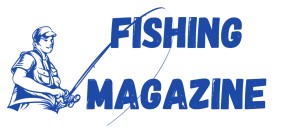
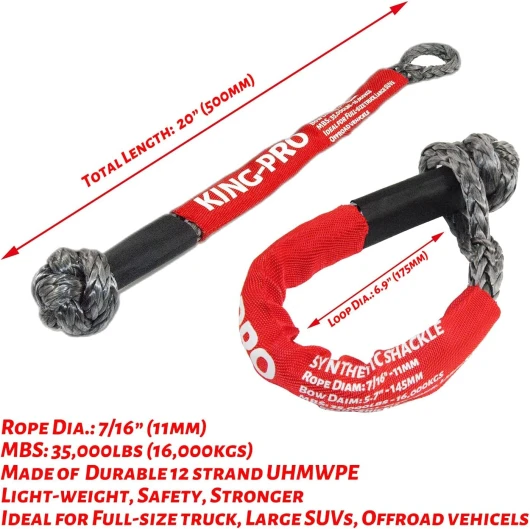
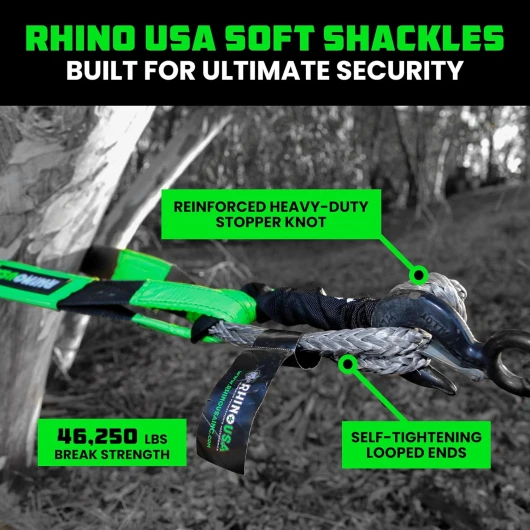
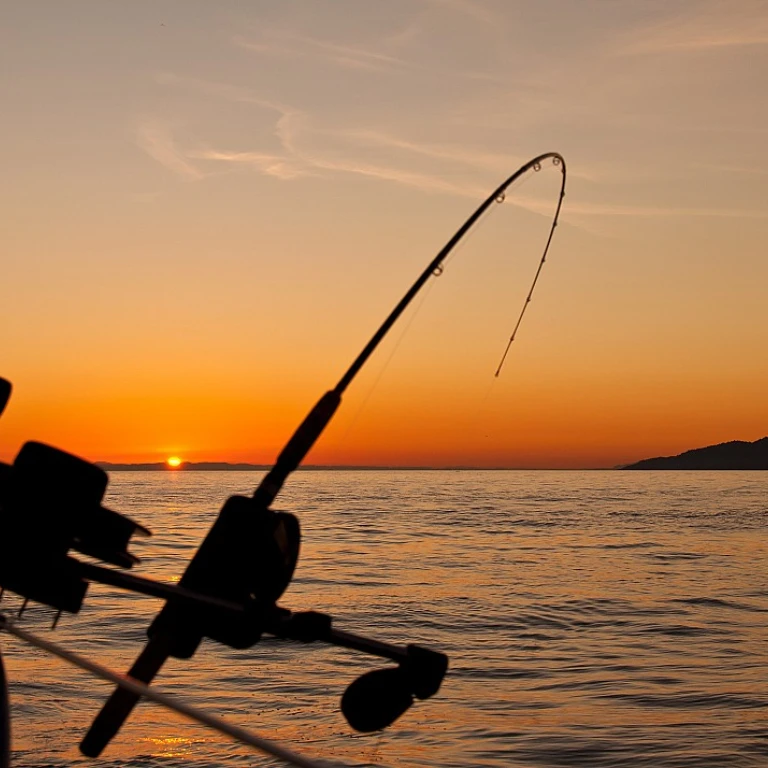
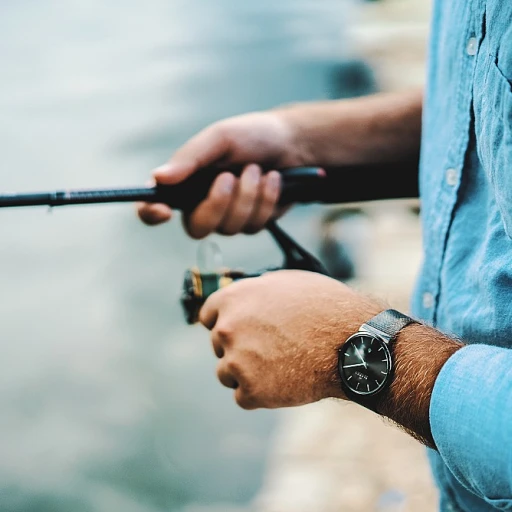
-large-teaser.webp)
